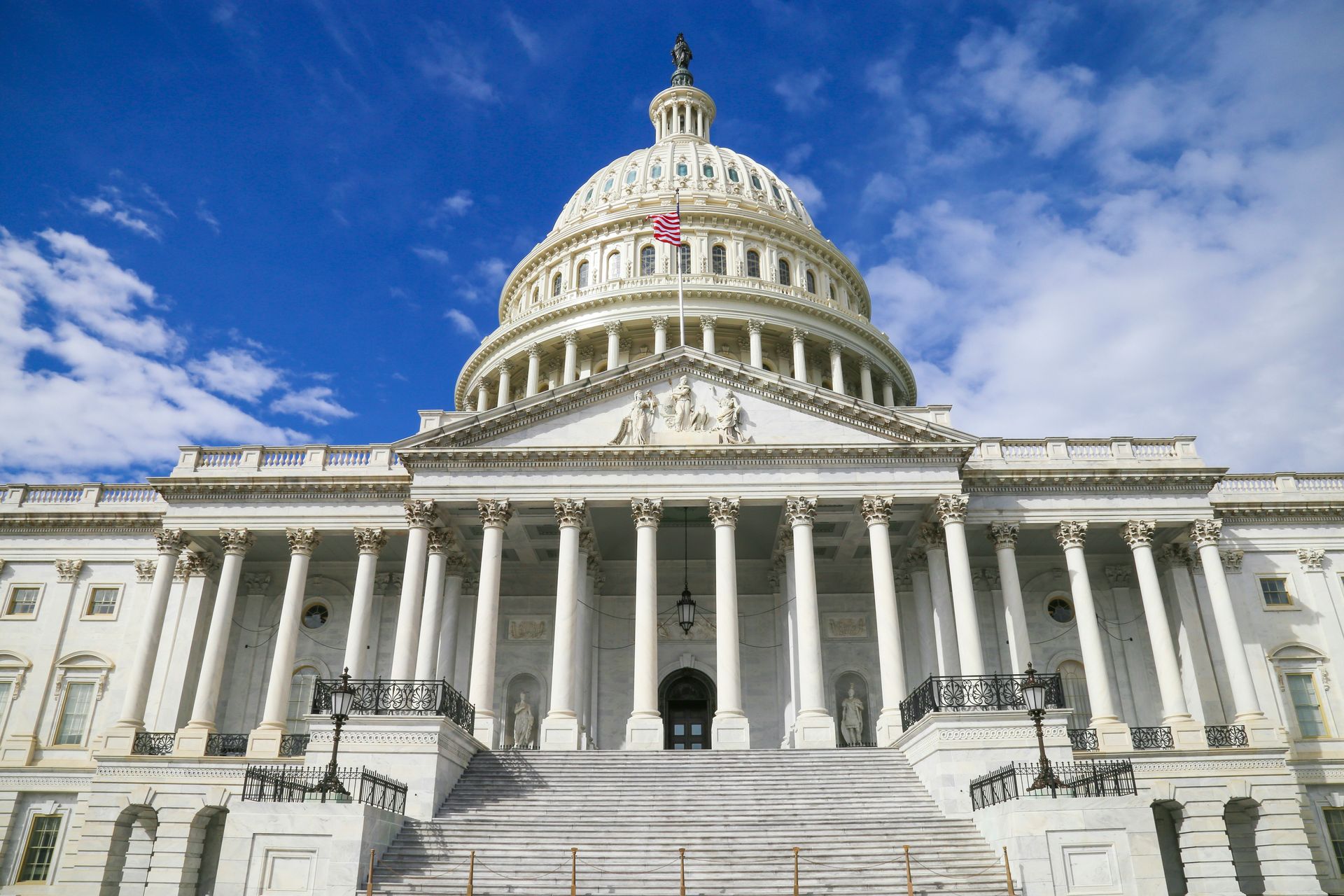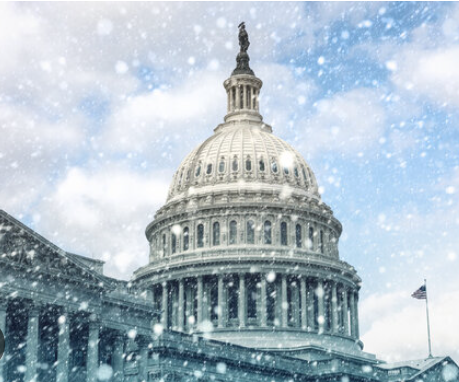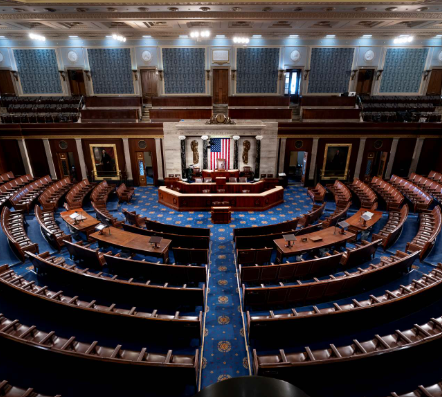Blog Layout
Initial Thoughts on the President’s FY22 Budget Proposal
President Biden released his FY 2022 budget request today, providing a more detailed look at the administration’s spending priorities for the coming year. The request includes an increase for WIOA programming, and an initial outline for the American Jobs Plans which will likely take shape as part of a wider infrastructure package, pending further Congressional action. As a reminder, the President’s request is usually the beginning of the appropriations process, so there is still a lot of additional action yet to come in the House and Senate as lawmakers consider this proposal and craft their own spending proposals.
Still, the budget is an indication of what the Administration is thinking. In the case of the current Administration, the budget needs to be read as both the “traditionally” funded activities of the Departments and Agencies composing the federal government and as a precursor for where the Administration would like Congress to go with regards to investments in the nation’s infrastructure. Aspects of President Biden’s infrastructure proposals—in the form of the American Jobs and Families plans— are scattered throughout the FY22 budget in an effort to make clear that the large, targeted increases envisioned by these proposals have a connection to ongoing federal funding efforts, including the federally funded workforce development system authorized by WIOA.
Overall WIOA sees proposed increases in FY22, particularly in the funds for dislocated workers, both in the formula grants and in the national reserve. The proposal also calls for two (2) new initiatives, National Youth Employment (NYEP) and Veterans’ Clean Energy Training, which includes spouses. The NYEP includes summer and year-round employment activities for youth, as well as support services such as transportation and childcare. We applaud this – it’s been a long while since we have seen summer youth funds and it’s been a high priority to re-fund, especially in light of the current youth unemployment crisis.
With regards to the American Jobs Plan, here is what the budget further envisions for this proposal:
“…[The American Jobs Plan] is an investment in America that will create millions of good jobs and rebuild our country’s infrastructure. It will invest in Americans and deliver the jobs and opportunities they deserve and will address long-standing and persistent racial injustice.
Workforce development will play a critical role in both rebuilding the economy, especially after the tremendous loss of jobs due to the pandemic, and in developing the workforce that will build the new backbone of our country. As more people look for jobs, rejoin the workforce, or seek out new opportunities in a changing economy, there will be a greater need for quality job training and education and meaningful credentials so workers can earn higher wages, develop rewarding and lasting careers, and improve their economic well-being.
President Biden’s jobs plan responds to employer demand for skilled labor and improves equity. These investments will be a link for workers to in-demand, high quality jobs and provide transferable skills. The proposal focuses on workforce development models with a proven track record, including apprenticeship, sector-based training, and intensive career services. Racial equity is also prioritized within this proposal—workforce investments will be targeted to underserved groups, including people of color, individuals with disabilities, justice-involved individuals, and low-income people.
For the Department, this includes investments of $81.5 billion over 10 years, including: the creation of a new $22 billion Sectoral Employment through Career Training for Occupational Readiness (SECTOR) program, which will spur the creation of high-quality training programs in growing sectors; $18 billion for a new Comprehensive Supports for Dislocated Workers (CSDW) program to provide comprehensive supports to enable dislocated workers to participate in high-quality training programs; $10 billion to vastly expand Registered Apprenticeship (RA) and the pathways into these proven earn-and-learn programs; $9 billion for competitive grants to build the capacity of the community college system to deliver high-quality training programs; $8 billion for states to greatly expand access to intensive, staff-assisted career services offered through the Employment Service network; $4 billion for states to provide subsidized jobs to workers with barriers to employment, especially public assistance recipients; $1 billion to expand workforce development services to justice-involved individuals; $2 billion to support the phase-out of the 14(c) subminimum wage program and provide support to states to expand access to competitive, integrated employment opportunities and fair wages for workers with disabilities; and $7.5 billion for DOL enforcement and worker protection activities to ensure employers are providing workers with good jobs -- including jobs with fair and equal pay, safe and healthy workplaces, and workplaces free from racial, gender, and other forms of discrimination and harassment -- and to combat misclassification of employees as independent contractors…”
More analysis will be released soon and please be sure to join us
for the next coffee & conversations session on June 10th at 2PM ET for more details.
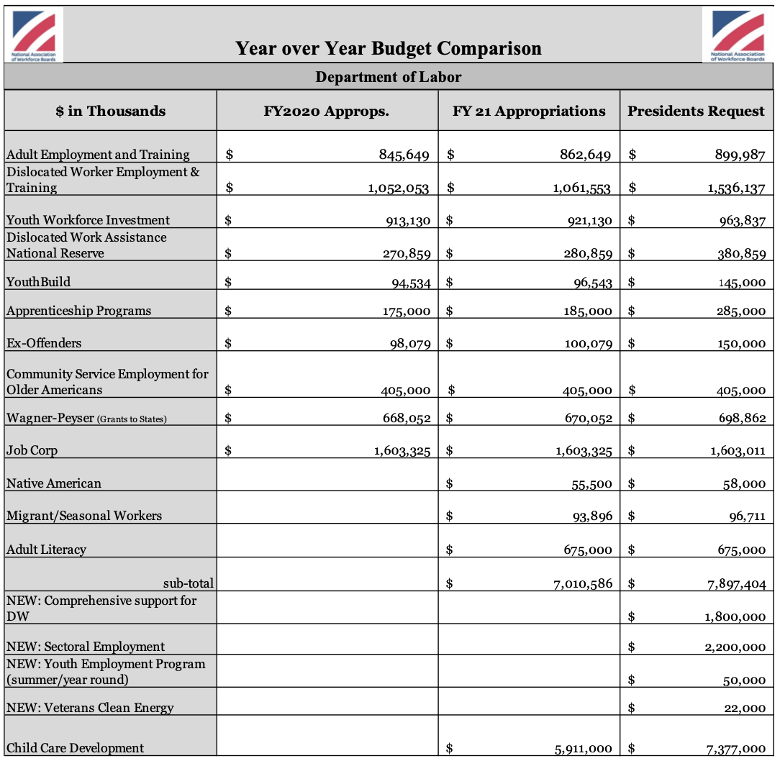
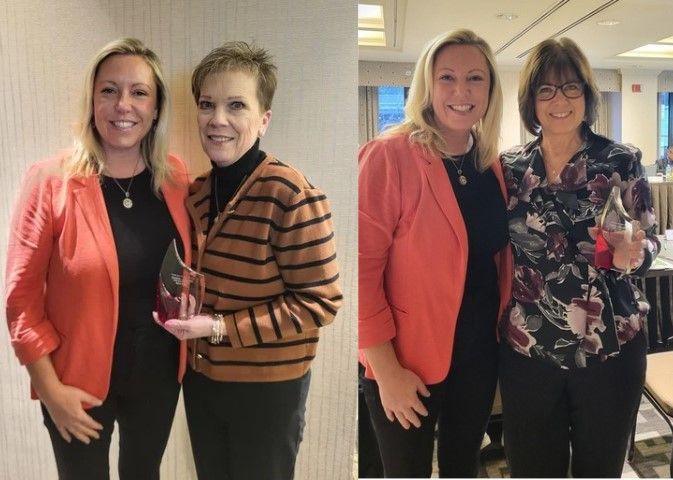
By Stacy Heit
•
January 17, 2025
January 17, 2025 -- The National Association of Workforce Boards (NAWB) today announced that two members of its Board of Directors, Kathy Jewett and Debra Giordano have stepped down from their roles for personal reasons. Al Searles, a member of the board’s executive committee, has been elected to the Vice Chair position vacated by Jewett during the board’s most recent meeting. “On behalf of the NAWB team, I extend my gratitude to both Kathy and Deb for their valuable contributions and commitment during their tenure on the Board,” said President and CEO, Brad Turner-Little. “Their leadership and dedication have played an integral role in shaping our growth and I appreciate their guidance during a time of transformation for the organization.” “As Board Chair, I want to extend my deepest gratitude to Kathy for her exceptional leadership and dedication as a board director over the past six years and most recently as vice chair,” said NAWB Board Chair, Lisanne McNew. “Her vision and commitment have been pivotal in advancing NAWB’s mission and strengthening workforce boards nationwide. As Al steps into the role of Vice Chair, I am confident his expertise and passion will guide us forward, building on Kathy’s legacy and driving continued innovation and impact in workforce development.” She added, “Deb’s expertise and dedication to workforce development have been invaluable to our industry. Her thoughtful leadership and contributions have left a lasting impact on workforce boards and the communities they serve. We are deeply grateful for all she has done for our board.”
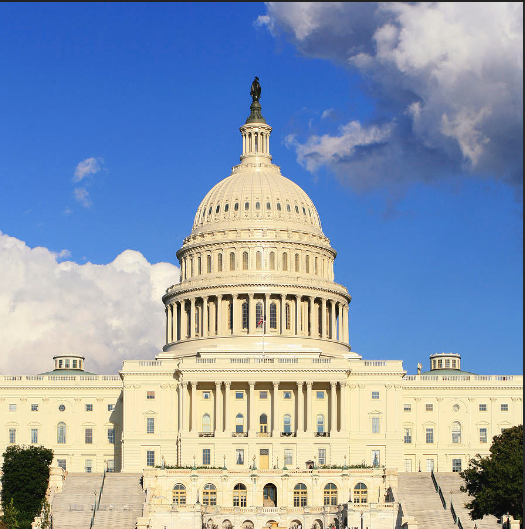
By Brad Turner-Little
•
December 3, 2024
December 3, 2024 -- NAWB President and CEO, Brad Turner-Little , made the following statement in response to the Congressional committee leadership's bipartisan, bicameral agreement to reauthorize the Workforce Innovation and Opportunity Act (WIOA). The new bill, which we provided an initial summary of, is currently being considered on a fast-track procedure in the Senate. "Since WIOA’s reauthorization in 2014, workforce development boards (WDBs) have sought to meet the evolving needs of employers, jobseekers, and the local communities that they serve. It is laudable that lawmakers have reached consensus on legislation to make significant updates to the nation’s public workforce development system, including improvements that recognize the vital role that WDBs play in strengthening local economies. Since the initial release of a new bicameral and bipartisan WIOA reauthorization agreement last week, A Stronger Workforce for America Act (ASWA), the National Association of Workforce Boards (NAWB) has spent time analyzing this proposal and engaging with our members to understand how the bill would affect ongoing operations, service delivery, and the ability of WDBs to serve jobseekers and employers alike throughout the nation. Through these discussions, it has become clear that there are aspects of this legislation that conform with NAWB’s vision for the future of the public workforce system, while there are other significant components of this agreement that will be challenging to implement at best and could undermine WBDs’ ability to meet their mission. ASWA would renew the law for five more years, sending a powerful signal that the public workforce system authorized by this legislation is critical to wider efforts in preparing and sustaining the skilled workforce needed for America’s wider success. NAWB is pleased to note that many of the organization’s recommendations have been incorporated into this legislation. These include clarifying local WDBs’ authority over local budgets; increased flexibilities to serve incumbent workers; improvements to cost-sharing requirements for one-stop centers, including flexibilities for the sharing and pooling of these resources; increased professional development opportunities for local staff; allowing for marketing and outreach efforts on behalf of the system; allowing WDBs to serve as one-stop operators when meeting certain conditions; a new emphasis on skills-based hiring; and dramatic improvements to data collection and subsequent reporting to make the public workforce system more transparent and responsive to the needs of workers and employers. While NAWB appreciates these and other aspects of the agreement, the legislation unfortunately continues to advance provisions that our organization does not support, including a new systemwide mandate for training and an overly prescriptive work experience requirement for youth funding which we believe runs counter to local autonomy and flexibility. While we appreciate the agreement’s recognition of the important role supportive services play in the success of worker skills development, we continue to call on Congress to ensure that any new requirements reflect the realities facing the populations WIOA is structured to prioritize. NAWB’s members have made clear that increased state-level set-asides will mean fewer resources will be available to local WDBs to implement these and other aspects of this legislation with fidelity. In conjunction with the proposed local workforce area redesignation provisions, NAWB’s members have also made clear that there is a strong potential that aspects of the public workforce system will need to close, staff laid off, and business services significantly curtailed under these new operating constraints. Taken together, we remain deeply concerned that these aspects of the agreement will make it more difficult for the public workforce development system to serve jobseekers and employers alike moving forward. We are grateful to have heard from so many of our members who provided thoughtful and meaningful perspectives as part of NAWB’s analysis of this legislation. They are the true experts, working every day with local community partners, elected officials, businesses, and jobseekers. We recognize the extremely challenging environment that workforce boards will be in whether this bill is enacted during the final days of the 118th Congress or if current law remains in place for the time being. In either scenario, NAWB remains committed to working closely with the incoming administration and new Congress to ensure that the public workforce development system is responsive to the needs of workers, learners, and businesses, and can fulfill the significant workforce development needs of our nation now and in the future. This will certainly be among our top priorities during Workforce Advocacy Day , scheduled for April 1-2 , 2025 in Washington, DC. NAWB members need to share their expertise with members of Congress to ensure that the workforce system has the necessary resources to serve their local communities.” Learn more about NAWB's work on WIOA.
National Association of Workforce Boards | All Rights Reserved |
Created by Olive + Ash.
Managed by Olive Street Design.


